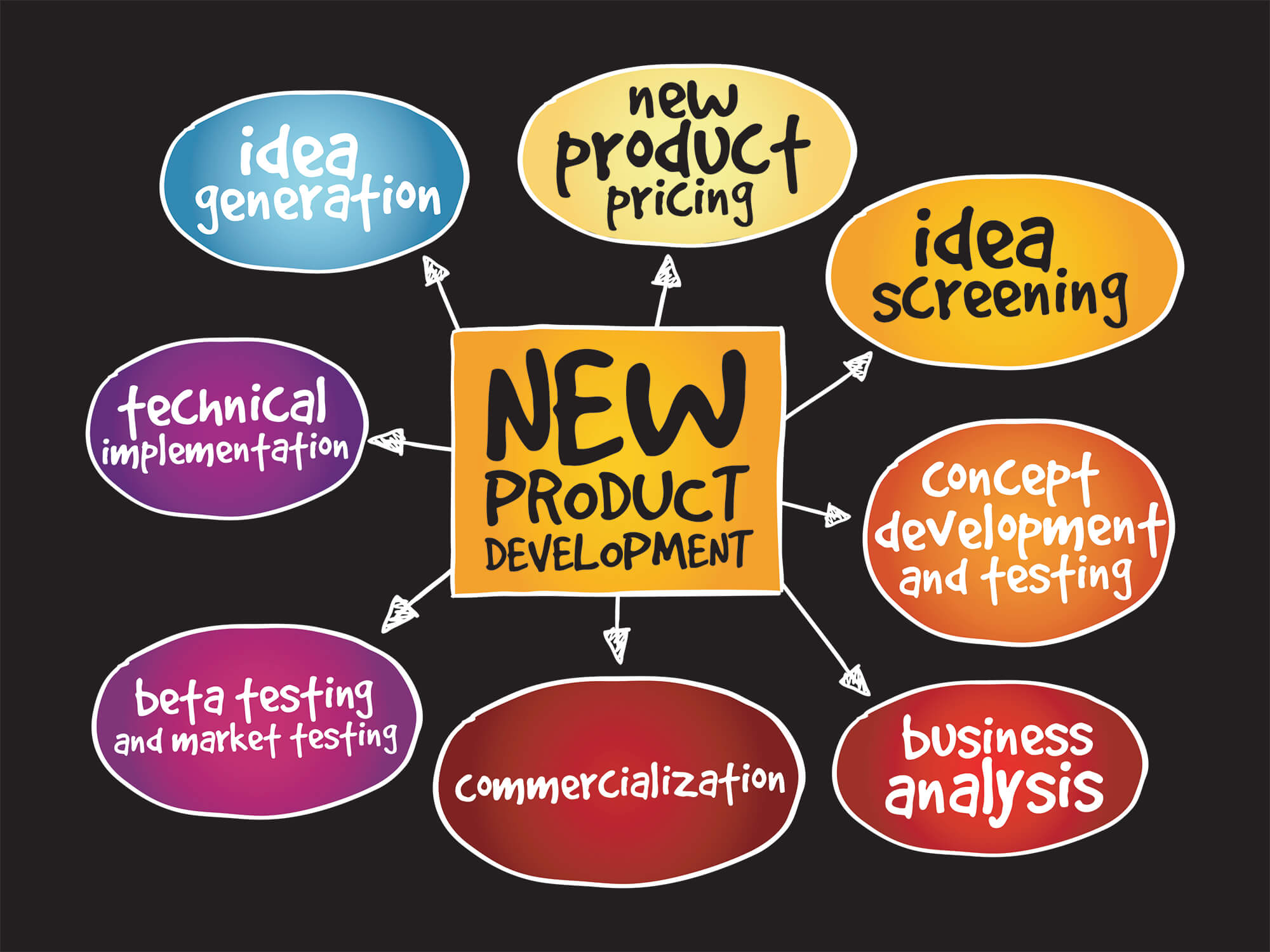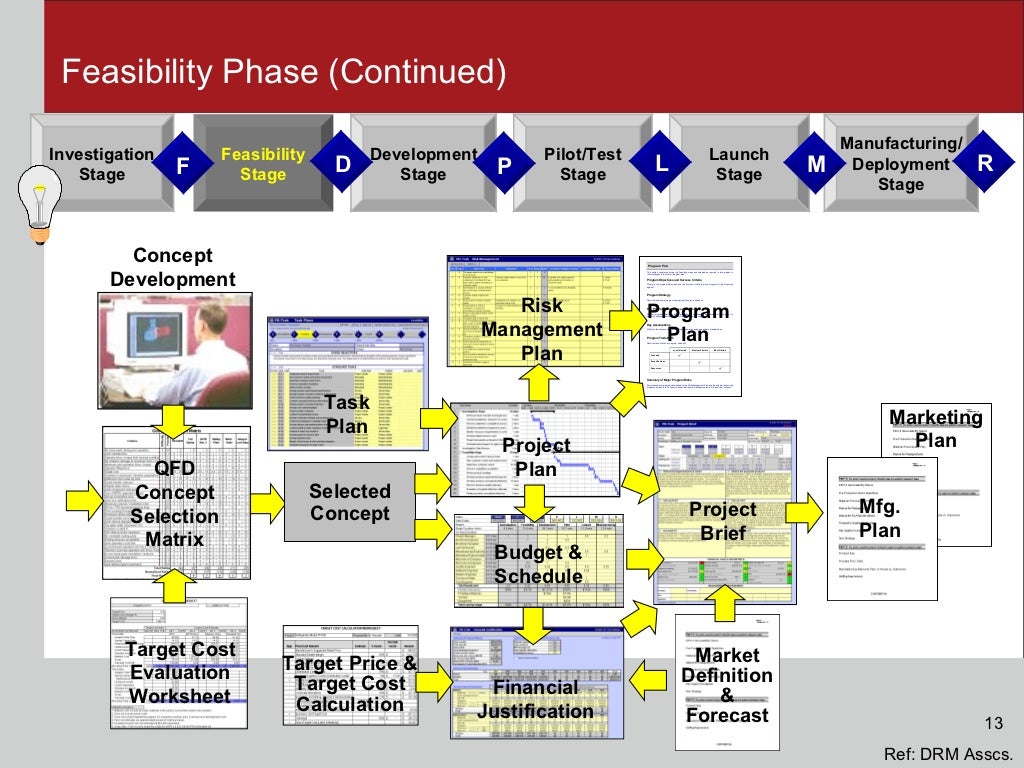
Steve Jobs described the curse as follows: "What happened was, the designers came up with this really great idea… and the engineers go, "Nah, we can't do that, That's impossible." … the manufacturing people…go "We can't build that!" And it gets a lot worse." In a sequential setting, they are typically a curse. The different functional perspectives can be a blessing or a curse. Let's emphasize one point about a sequential, functionally oriented process. Toyota and Honda, by contrast, employed a concurrent approach, shaving 12-18 months off the NPD lead time. The result: GM needed 36-months (or more) to bring a new model to market.

Sequential development makes bringing great new products to market faster than rivals and at the low costs customers demand difficult-if not impossible. Unfortunately, costs go up and time is lost every time a product is tossed from one function to the next. This can't be done." After some back and forth between operations and R&D (and maybe marketing again), the product finally gets made.įigure 5-8: Sequential, Functionally Oriented Product Design Process


They've never made anything in their lives. Once R&D completes its work, you guessed it they toss the designs over the wall to operations saying, "Here you go, make this." Operations managers look at the designs, sigh deeply, and say, "Those guys are clueless. They might even throw it back, asking you to clarify a key point or modify the concept before they are willing to develop detailed product designs. As they review your concept, R&D managers grumble that you haven't thought things through the way you should have. After you ideate and conceptualize a potential new product, you throw the concept over the proverbial wall to R&D. Let's talk through the process, imagining you are a marketer. In the old days (1990s), most companies managed NPD in a sequential manner (seeįigure 5-8). Almost everyone within the firm touches and influences the process-and the resulting product. A scorecard like that shown in Table 5-3 can help you evaluate individual concepts and prioritize them within your portfolio.Ĭompare to other concepts to prioritize investmentīringing new products to market is a cross-functional capability. Your goal: Discuss the brutal facts and make the tough go/kill decisions on each product concept. Each gate is more than a product review it is a decision point. Figure 5-7 depicts the NPD process with gates. To do this, you need to put "stage gates" in place-and then use them! Many companies lack the discipline to do this. To preserve resources and strengthen your overall development efforts, you need to identify the weak concepts and remove them from the development pipeline as soon as possible. Worse, as long as a concept is being evaluated, it is eating up scarce resources. However, having looked at the statistics, you know that only a very few products will ever succeed in the market. Great companies generate a lot of new product ideas. You finally get to find out what kind of an ROI all of your hard work will deliver! During launch, you develop and execute marketing, production, and distribution plans. This is your final opportunity to make a go/no-go decision before making the major investments required to launch the product. During testing, you make final product tweaks and introduce the product to your customer-often in a test market. You will also be able to better assess what it will really cost to produce and deliver to market. As your product comes to life, you get a better sense of how it will really work in the hands of your customers. During development, you move from digital modeling to physical prototypes that is, working models of your product. Your costs go up dramatically in Phase 3: Development. But, you need to weed out as many money-losing ideas as possible at this stage. You ask, "Do expected sales, growth, and profit justify the investment?" Performing a BCA is often tedious. During business case analysis (BCA), you assess the product's market potential. First, does the product really fit your product strategy? Second, will the product meet the competitive test? That is, will it offer customers something that existing (or expected) competing products don't? During screening/scoping, you ask two simple questions. Figure 5-6: The New Product Development Process


 0 kommentar(er)
0 kommentar(er)
